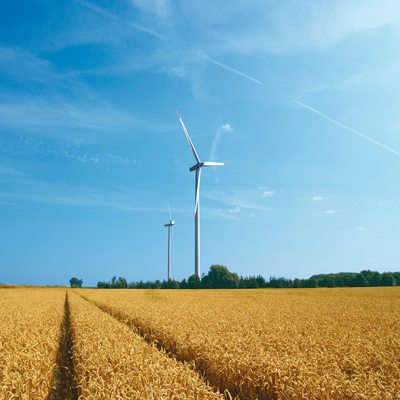Only five years after it was commissioned, Swedish state-owned utility Vattenfall has announced plans to convert its recently shuttered Moorburg coal-fired power plant into a green hydrogen hub powered by wind and solar.
Despite only commissioning the 1.6GW Moorburg coal-fired power plant in 2015, Vattenfall announced last year plans to shutter the plant and won the right to do so in a German auction for the decommissioning of hard coal plants.
From the very outset, after taking 10 years to finish construction and commissioning, the nails were already in the coffin for the Moorburg coal-fired power plant.
Vattenfall had already tried to back away from development of the project, despite expectations that it would be both necessary but also highly efficient.
By the middle of 2020, the project was losing the company money, and the decision was made to participate in Germany’s upcoming auction for the decommissioning of coal plants.
All is not lost for Vattenfall, however, as the company announced last week plans to investigate the development of a hydrogen production hub which will use electricity generated from wind and solar power to produce green hydrogen.
Vattenfall, along with Mitsubishi Heavy Industries (MHI), Shell, and municipal heating utility Wärme Hamburg, announced that they had signed a letter of intent to plan how they could jointly produce green hydrogen at the Moorburg power plant site.
The plans would start with the construction of a scalable electrolyser with an initial output of 100MW, with future development of the site expected to convert it into a “Green Energy Hub”.
The planning stage would also explore the extent to which the plant’s infrastructure could be used for the production of energy from renewable sources, as well as the necessary logistics chains and storage options for hydrogen.
The existing infrastructure for the 1.6GW power plant would ensure there would be plenty of grid connections to supply large-scale hydrogen production, while the site also boasts port facilities that could be used for the export of green hydrogen.
Vattenfall’s plan to convert its defunct coal plant into a hydrogen hub also has the backing and support of the local City of Hamburg.
Connected to both the national 380,000-volt transmission network and the 110,000-volt network of the City of Hamburg, the site is also located in proximity to numerous potential green hydrogen customers.
“There is no better location in Hamburg for a scalable electrolyser of this size,” said Michael Westhagemann, Minister for Economy and Innovation of the Free and Hanseatic City of Hamburg.
“Via the 380 kV connection and the connection to Brunsbüttel, we have direct access to the supply of green electricity from wind power – and thus the possibility of actually producing green hydrogen in relevant quantities.
“With this announcement, a big step will be taken towards a long-term decarbonisation of the port and a competitive hydrogen economy in the metropolitan region of Hamburg and I congratulate the partners on this forward-looking project.”
Production of green hydrogen is expected to begin sometime in 2025, subject to future investment decisions, making it one of the largest green hydrogen plants in Europe at the time.
“The production of fossil free hydrogen is one key to the decarbonisation of the industry and the transport sectors,” said Andreas Regnell, Senior Vice President and Head of Strategic Development, Vattenfall.
“Vattenfall wants to enable fossil free living within one generation and we have high ambitions to grow within renewable energy production in the markets where we operate.
“In this project we can contribute with our expertise and experience and the unique Moorburg site that has the infrastructure that is necessary for large scale production of hydrogen. We are therefore pleased that we can support the city and the industrial location of Hamburg in implementing their ambitious climate goals.”
Vattenfall and its new partners intend to apply for funding under the European Union “Important Projects of Common European Interest” (IPCEI) program, which is expected to take place in the first quarter of 2021 with the submission of a first outline of the project.
Further, Wärme Hamburg, the local district gas heating network, intends to expand a hydrogen network in the port within ten years and is already working on the necessary distribution infrastructure.
“At the Moorburg site, we will be producing green hydrogen on a large scale in collaboration with experienced partners from industry, while at the same time establishing a Green Energy hub for climate-friendly energy,” said Jens Kerstan, chairman of the supervisory boards of Wärme Hamburg GmbH and Gasnetz Hamburg GmbH as well as the Free and Hanseatic City of Hamburg’s minister for the environment and energy.
“This is a bold venture that now needs to be filled with life,” Kerstan said. “This project will be a major lever for reaching our climate goals.
“The gas pipeline networks in the port and around Moorburg are now being expanded to accommodate hydrogen and to facilitate supplies to industry and large businesses.
“Our hydrogen future is now taking shape, and Hamburg intends to be at the forefront here.”










